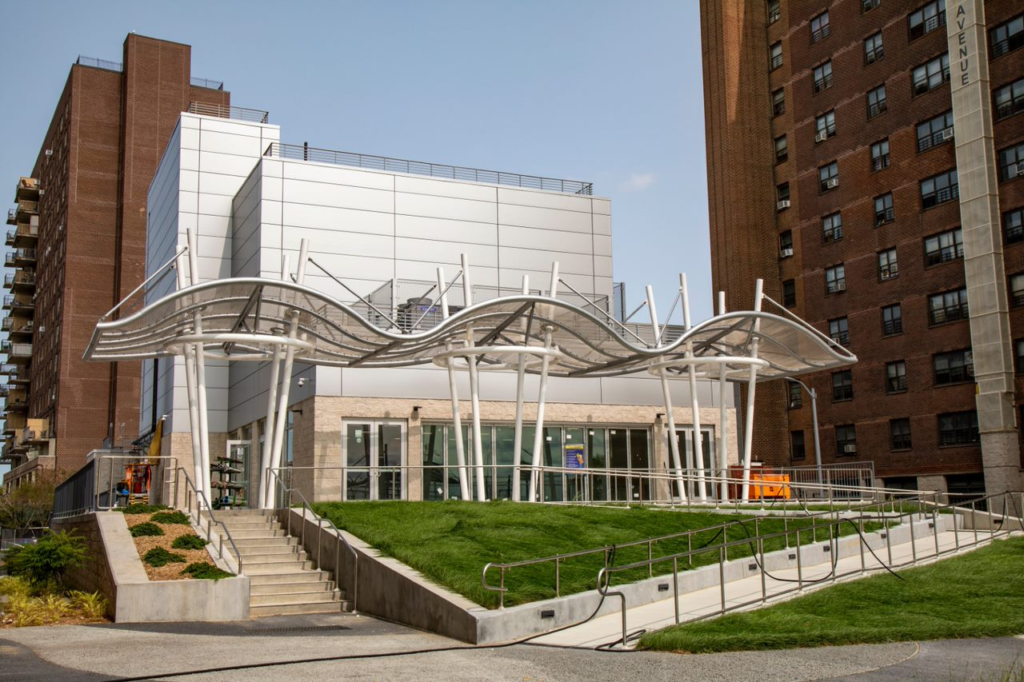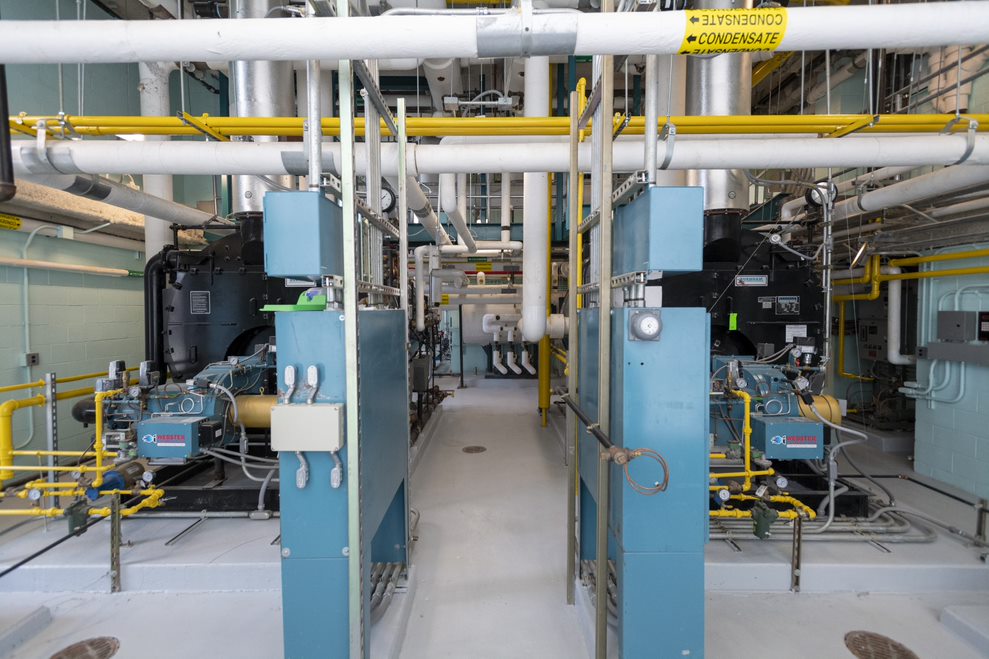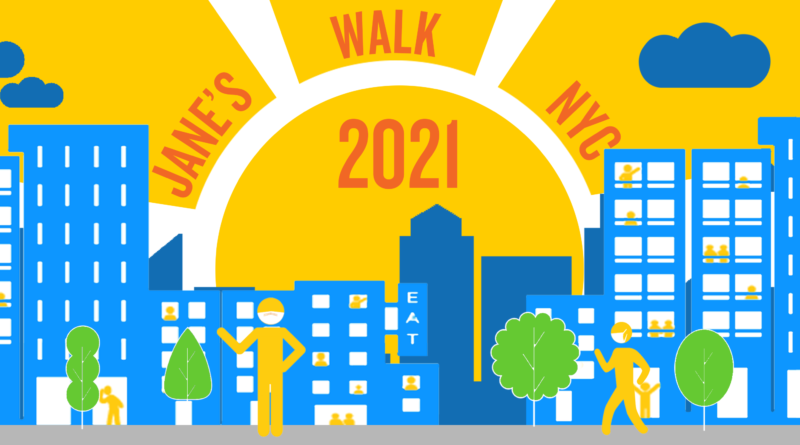Jane’s Walk Highlights NYCHA’s Sandy Recovery Work
Every year on the first weekend in May, people around the world participate in a walking festival called Jane’s Walk. The festival honors the ideas of Jane Jacobs, an activist, urbanist, and writer who advocated for more people-friendly urban neighborhoods. It also encourages people to discover hidden aspects of their communities and use walking as a way to connect with their neighbors.
Due to COVID-19, this year’s Jane’s Walk NYC involves self-guided tours, virtual strolls, Zoom talks, and social media campaigns providing new ways to connect to fellow New Yorkers during the pandemic.
One of the self-guided walks in Brooklyn included NYCHA’s Coney Island developments that were hit hard by Superstorm Sandy. NYCHA’s Recovery and Resilience Department offered a mile-long walk in Coney Island to show how it used cutting-edge design to rebuild and prevent future damage.
Onel Hidalgo, NYCHA Recovery and Resilience Outreach Manager, noted that Jane’s Walk in Coney Island is unique as it offers visits to four NYCHA sites completely or partially rehabilitated or reconstructed.
“We chose Coney Island because we have so many sites there that show different design approaches but also highlight the major resiliency efforts that are representative of the entire Sandy recovery program,” Mr. Hidalgo explained.
NYCHA started major construction work in Coney Island in 2016. So far, two projects have been completed, and three others are on schedule to be completed this year. All major construction in Coney Island is expected to be finished by 2023.
“Taking part in this year’s Jane’s Walk presented a great opportunity to showcase some of the major progress and milestones and highlight the resiliency aspect,” said Richard Mumith, Sandy Recovery and Resilience Communications Team Lead. “It was not just about coming in and fixing damaged items, but also ensuring that the buildings are able to withstand another Sandy.”
Danilo Mikhaylov, Sandy Recovery and Resilience Community Outreach Field Team Lead, noted that while residents are the main stakeholders in these projects, he would love to see more tourists discovering different parts of Coney Island through Jane’s Walk: “We want people with different backgrounds to come and see the work that has been done and how Coney Island has become more resilient after such a catastrophic storm.”
Mr. Mikhaylov designed the NYCHA Recovery and Resilience walk, which included four NYCHA developments: Coney Island Unity Towers, Carey Gardens, Haber Houses, and Coney Island Houses.
Altogether, NYCHA is investing over $750 million in nine developments in Coney Island.










